One of the first things that my father-in-law taught me was how to make the end of a line shipshape by applying a whipping. The method that he taught me is known as the “common whipping,” multiple turns of whipping twine with its ends pulled underneath the turns. The common whipping is quick and easy but prone to slipping off the end of the line and will come completely apart if any part of it is cut or chafed. Two other options—the Admiralty whipping and the West Country whipping—are more secure, nearly as easy to execute, and don’t require a needle. The Admiralty whipping looks like a sailmaker's whipping, but it is applied without a needle.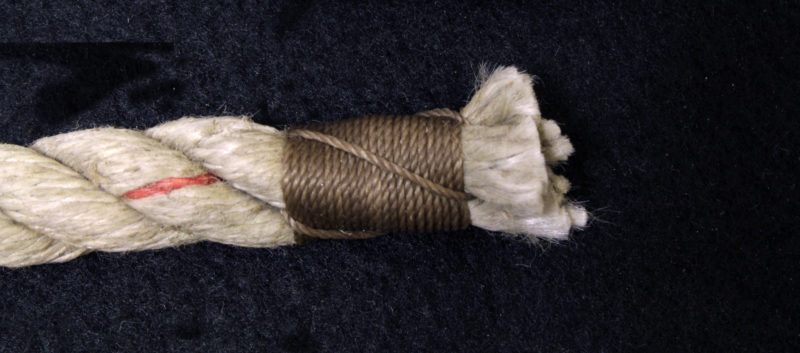 SBM
SBM
Join The Conversation
We welcome your comments about this article. To include a photo with your remarks, click Choose File below the Comment box.





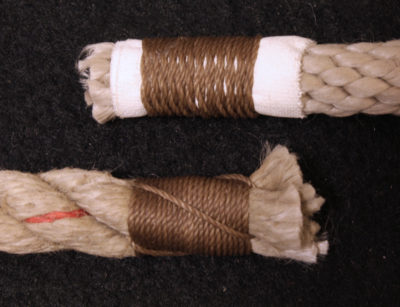
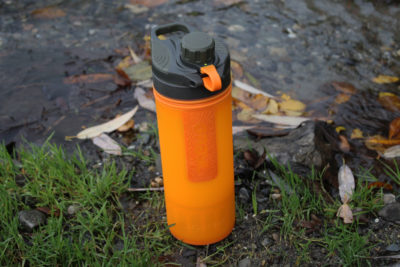
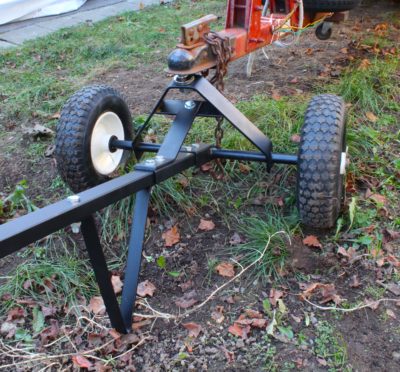



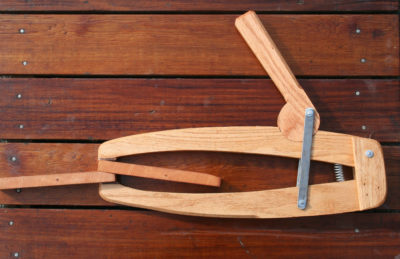

Both methods seem verrrry slow. I can’t imagine spending that much time fiddling with knots when you can run a needle through it. As for the length of the whip- I see no reason to go past a line diameter. It looks better when it’s shorter. When it comes time to trim the bitter end, I’d never saw through it with scissors. Simply place the line on a wooden block, poise a knife with a strong spine over the line, and give a swift whack with a mallet. It leaves a perfect cut with a single blow.
While they might take longer, I do like the security and the artistry of these two alternatives to the common whip I have been using for 45 years. I’m looking forward to spending some quality time with my line ends.